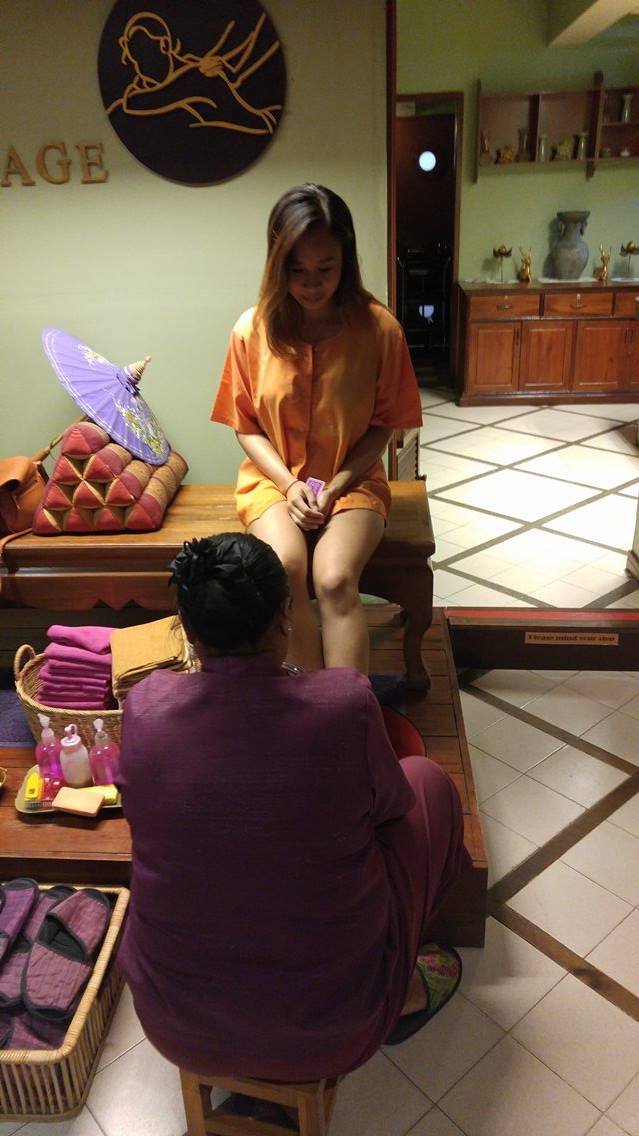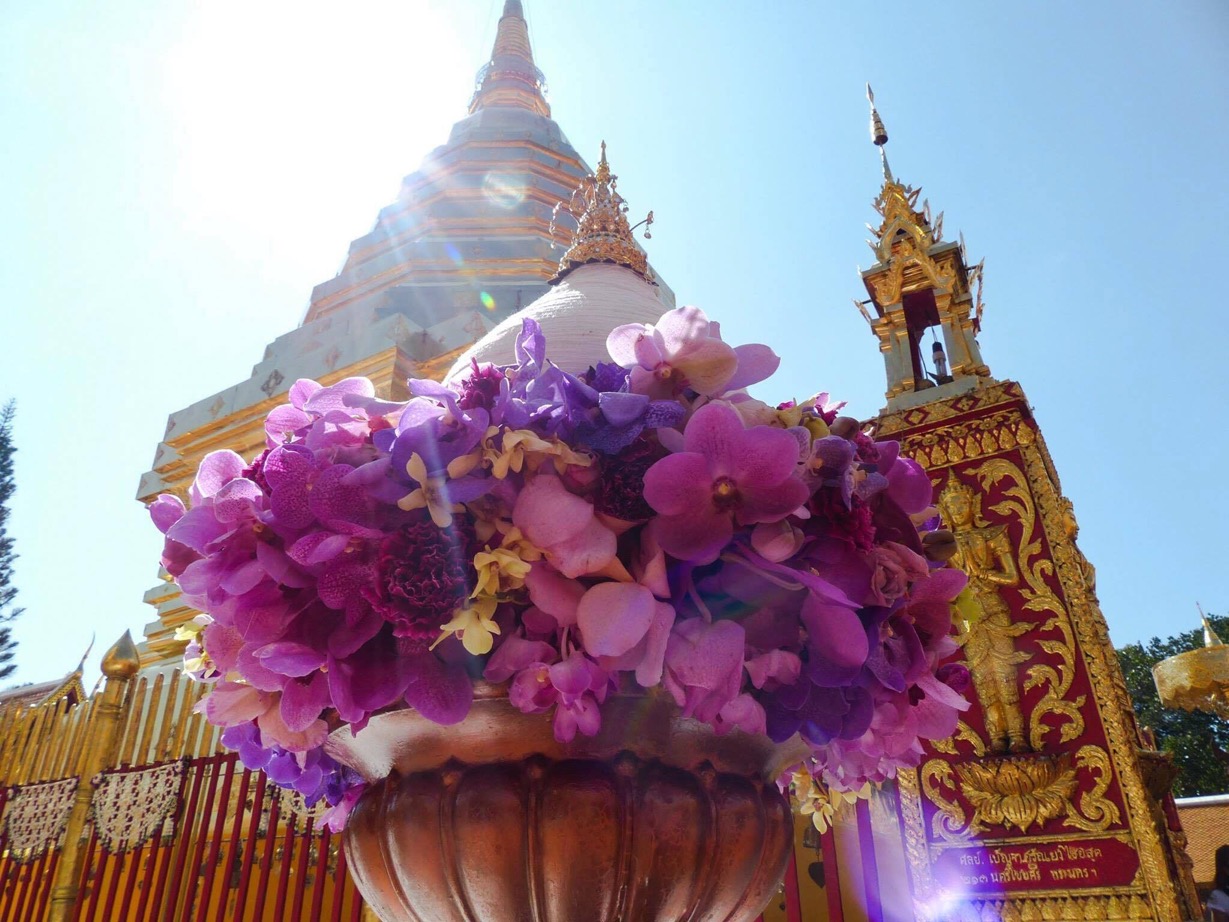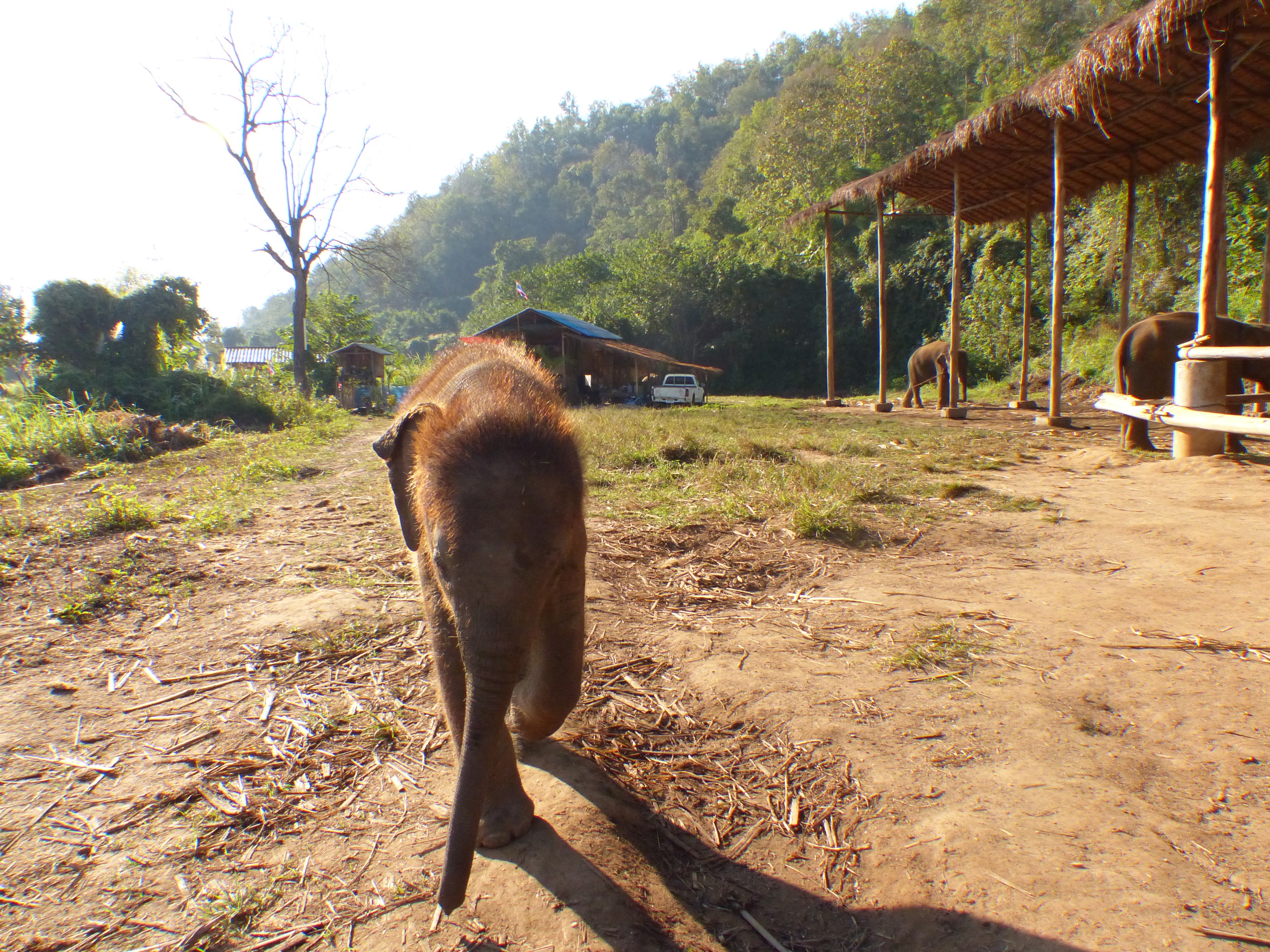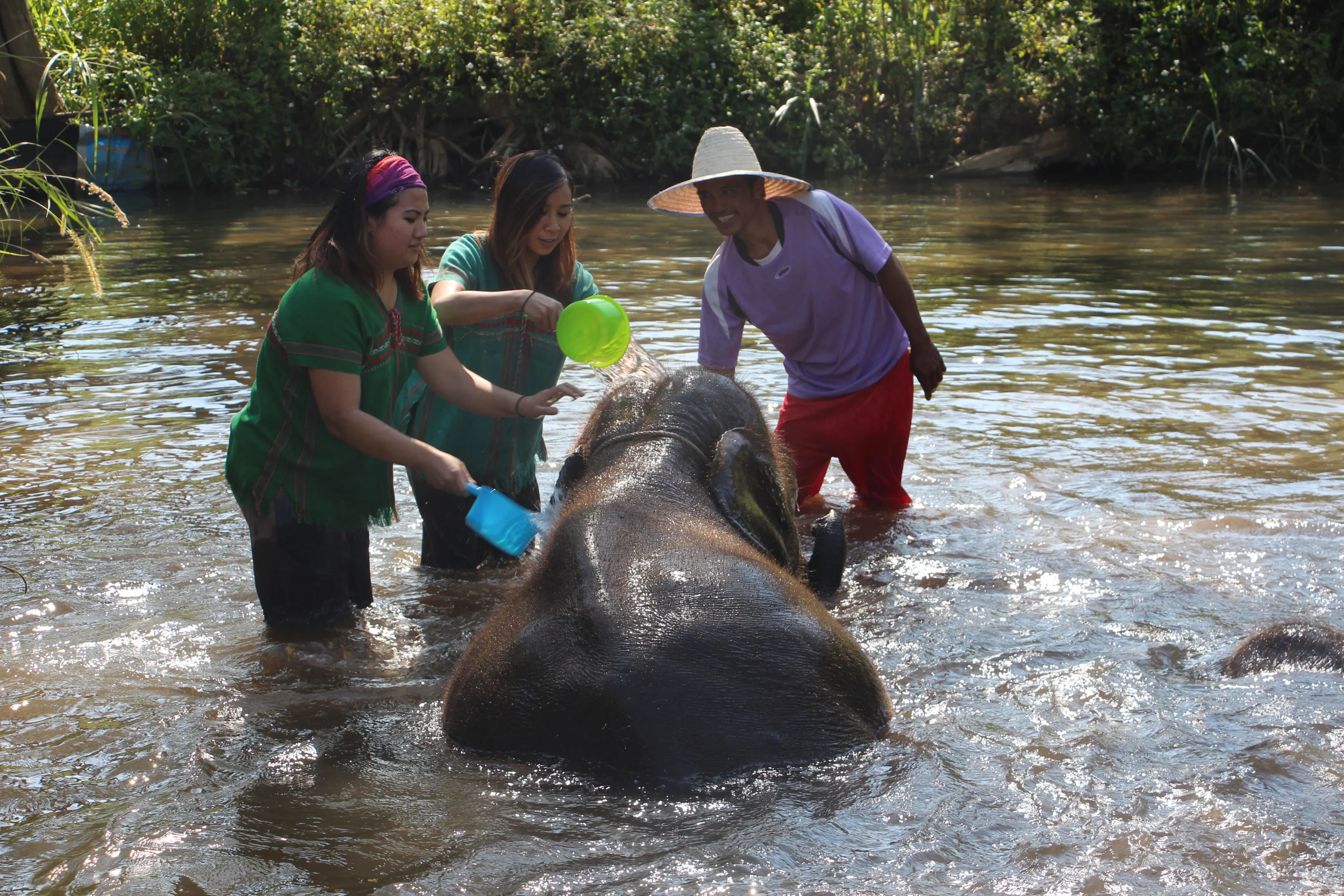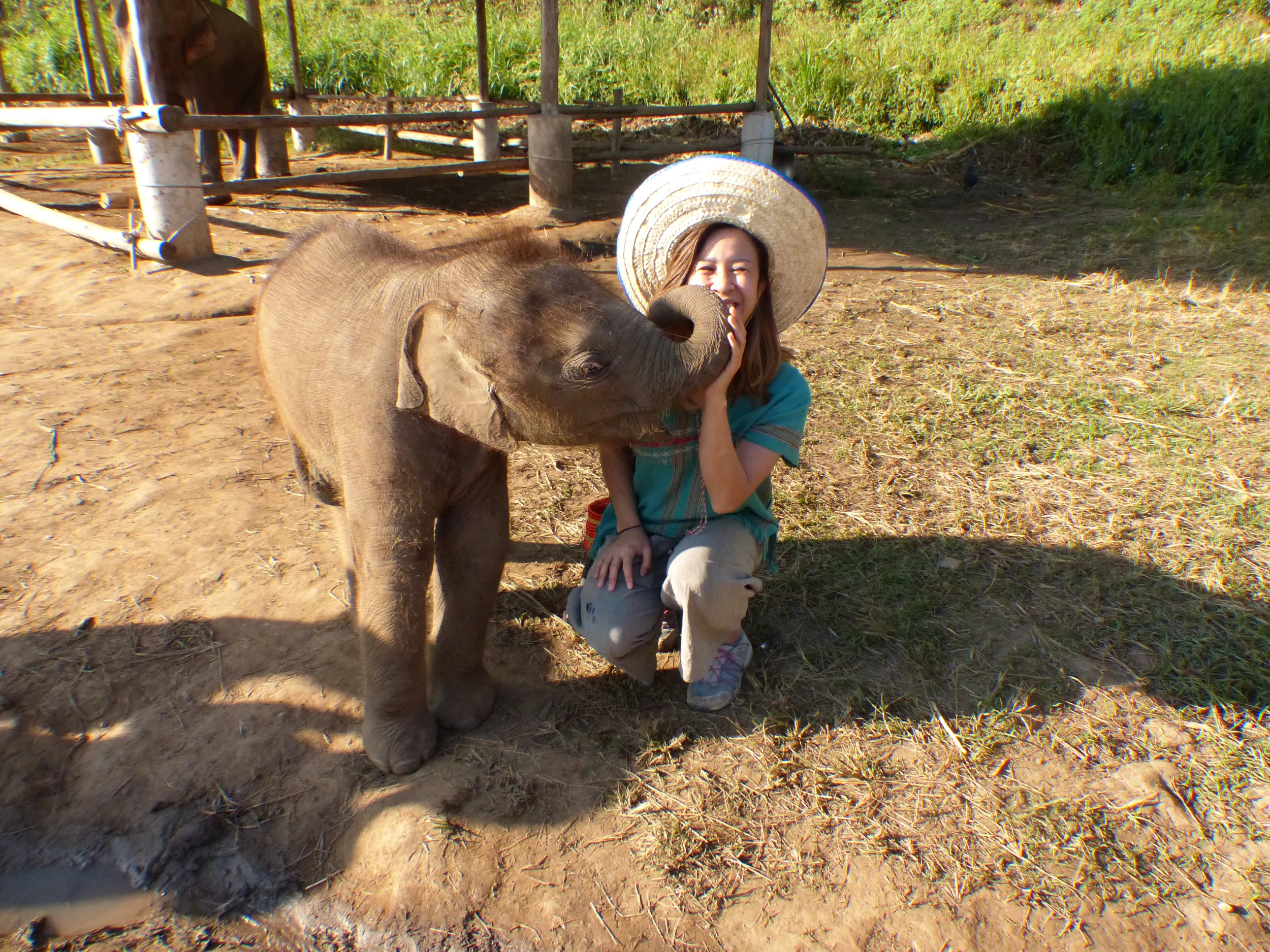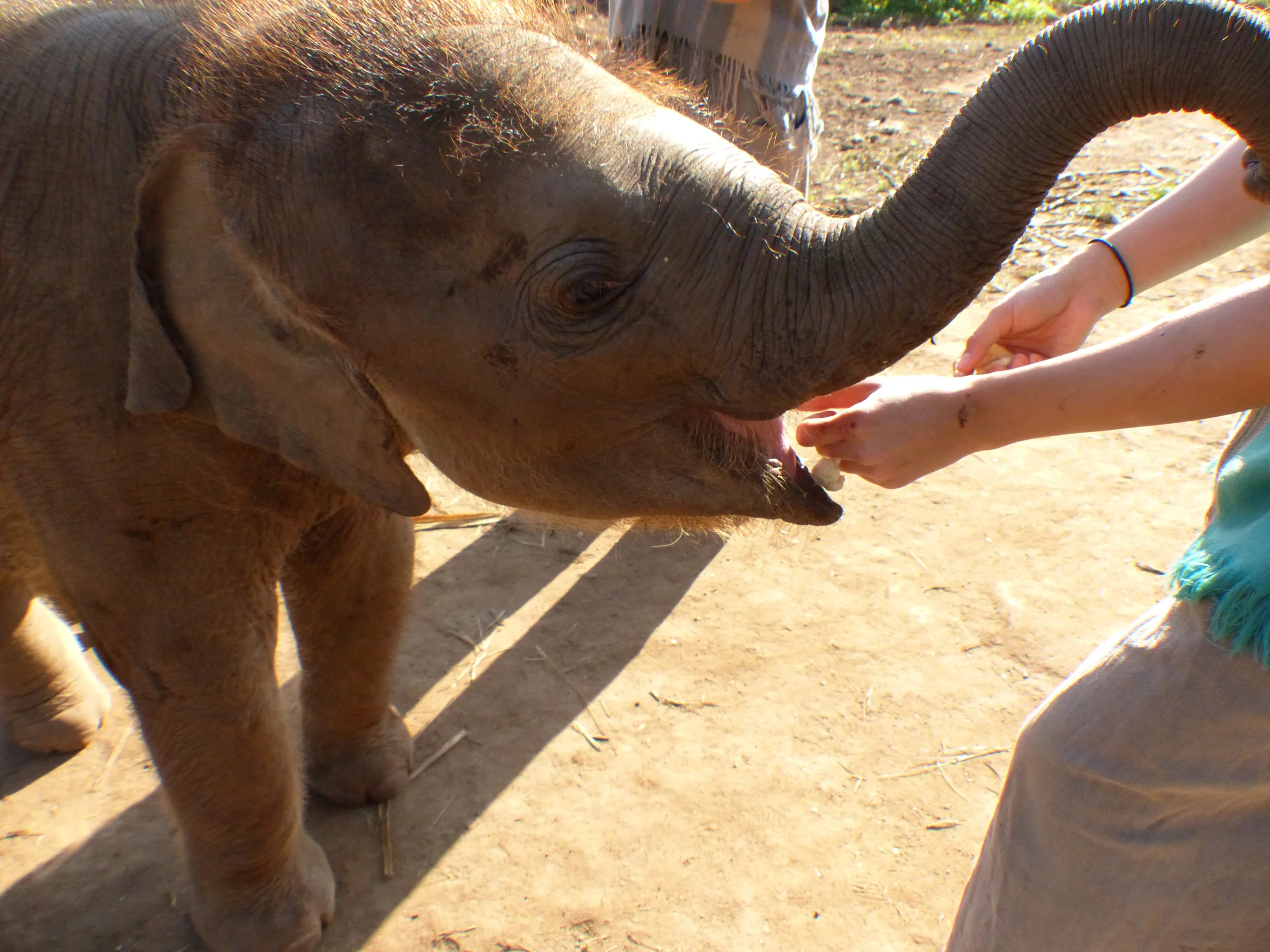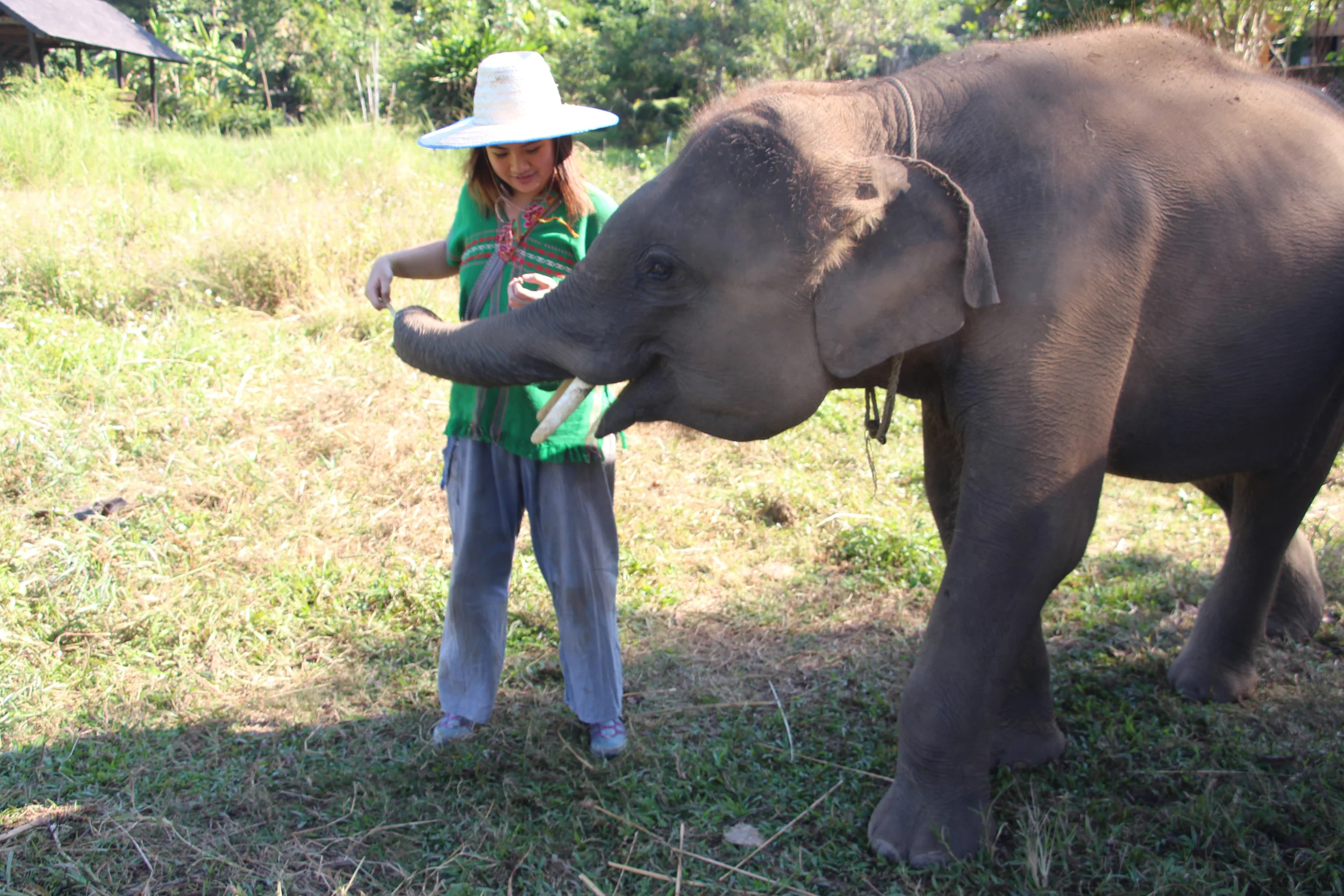Located in Northern Thailand, Chiang Mai is a popular tourist destination. From digital nomads to adventurers, there's a tons of things you can do.
Things to do
1) ELEPHANT CAMPS
One of the most popular attractions in Chiang Mai are the elephants. While there are many different camps to choose from, not all of them are ethical. Please make sure to do some research and choose one that treats their elephants well and doesn't offer elephant riding with saddles. Elephant Nature Park is well-liked and gets booked quickly. However, we went with Ran-Tong (Save and Rescue Elephant Centre).
2) GRAND CANYON
About 17km away from the city centre is the Grand Canyon of Chiang Mai. It's a man-made quarry where many visitors go to cliff jump. The Tuang Thong Canyon View restaurant there offers wifi. You can get there by renting a scooter, hiring a red truck for the day or biking there if you're adventurous. There is an entrance fee of 50 baht per person.
Please note that we heard the quarry water is dirty. It can also be unsafe to swim in, so proceed with caution.
3) Maya Mall
For a 20 baht red truck ride from the city centre, you can visit the city mall. You can find a mixture of western stores and other tourist stores. We went there for their movie theatre (SFX CINEMA Maya Chiangmai - check here for movie times). Make sure to choose the (E) for english movies with Thai subtitles.
4) Massages
Massages are fairly cheap in Chiang Mai (140 baht+). There are many spas you can choose from, low-end to high-end. They all offer a variety of massages, so you can choose the type that suits you. We went to Lila Thai Massage, a centre run by ex-inmates.
5) Night Market
This was probably our favourite part of Chiang Mai. The night markets runs on Saturdays and Sundays (on different streets). Vendors fill the street with stalls of food, clothing, trinkets and western-influenced souvenirs. It's really fun just to walk the streets, pick up some grub and check out what everyone is selling. Just note that it gets really busy.
6) Temples in the City Centre
There are many temples spread through the city centre that you can visit. You can easily spend a whole day wandering about and checking out every temple.There are three major temples located within the city centre. Our favourite Wat Chedi Luang. Just make sure to wear respective clothing (shoulders covered, no revealing tops and nothing showing above the knees).
7) Wat Phra That Doi Suthep
This is probably the most popular temple in Chiang Mai. Instead of taking a red truck taxi all the way up to Wat Phra That Doi Suthep, you can turn it into a half day hike. If you do the hike, you can also see Wat Phra Lat temple (no entrance fee).
Once you reach Wat Phra That, there is an entrance fee of 30 baht per person. It's heavily tourist-friendly, so keep that in mind.
8) Doi Inthanon National Park
It's located about 2 hours away from Chiang Mai, so it's a bit harder to reach. The best way to get there is either by renting a car/motorbike, going with a tour or you can hire a red truck for the day. The park houses the tallest mountain in Thailand, has waterfalls and temples to see. There's a 300 baht entrance fee.
9) Other Activities
Chiang Mai offers other things to do like watching a Muay Thai match, cooking classes or visiting the waterfalls.
Where to eat
Chiang Mai Gate
Chiang Mai Gate is where all the locals eat. Around 6 p.m., the vendors will set up their carts selling a variety of Thai food for a cheap price. Shop around to pick a place that you like. They usually have tables and chairs, so it works similar to how a regular restaurant works.
There's also a cart selling fruit shakes for 20 baht!
Thapae Gate
The area around Thapae Gate has a ton of restaurants to try out. There's a mix of both Western and Thai restaurants. Since it's a restaurant, it'll cost a bit more than street food. But you'll have more options. There's a cart that sells rotee and crepes.
Where to stay
Teeraya Boutique Guesthouse
Located outside the square near Chiang Mai Gate, the guesthouse has Wi-Fi, a swimming pool and clean rooms.

